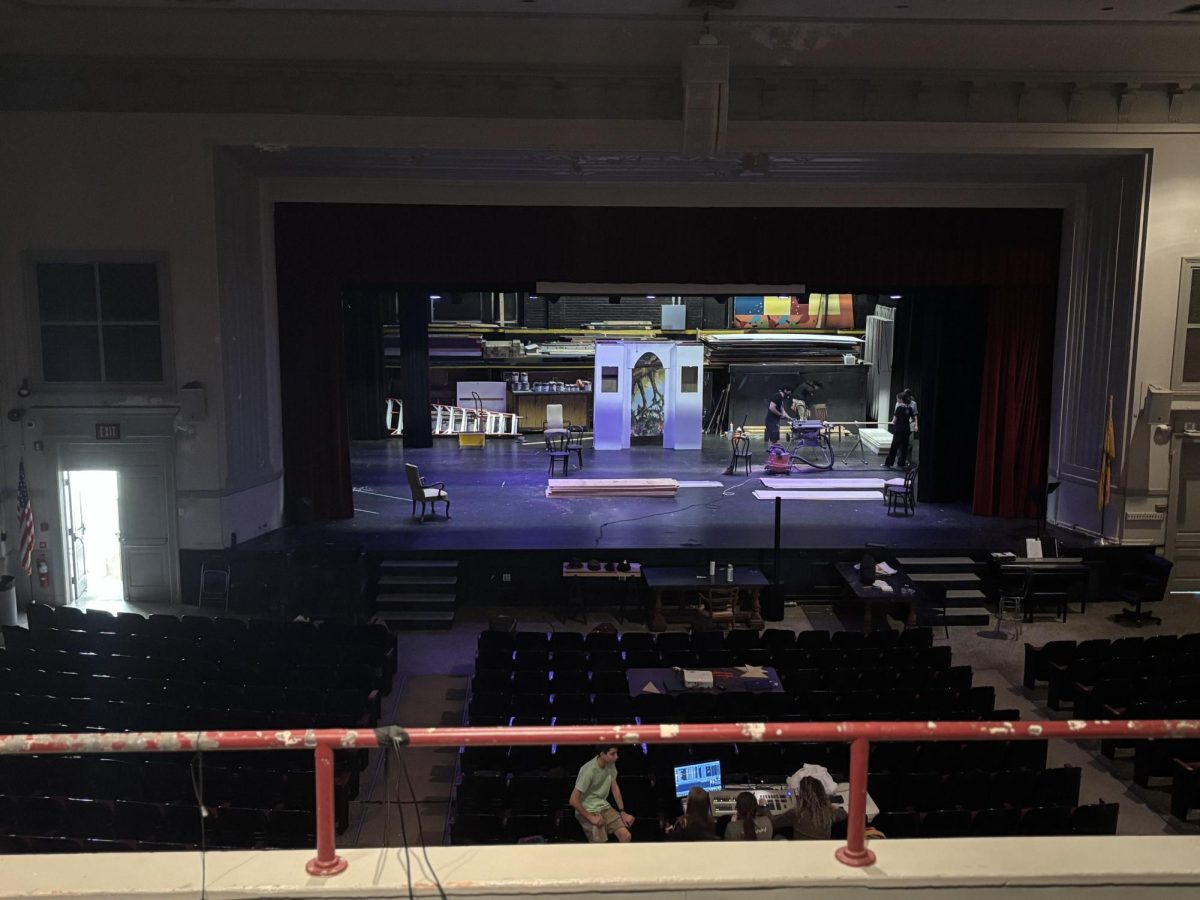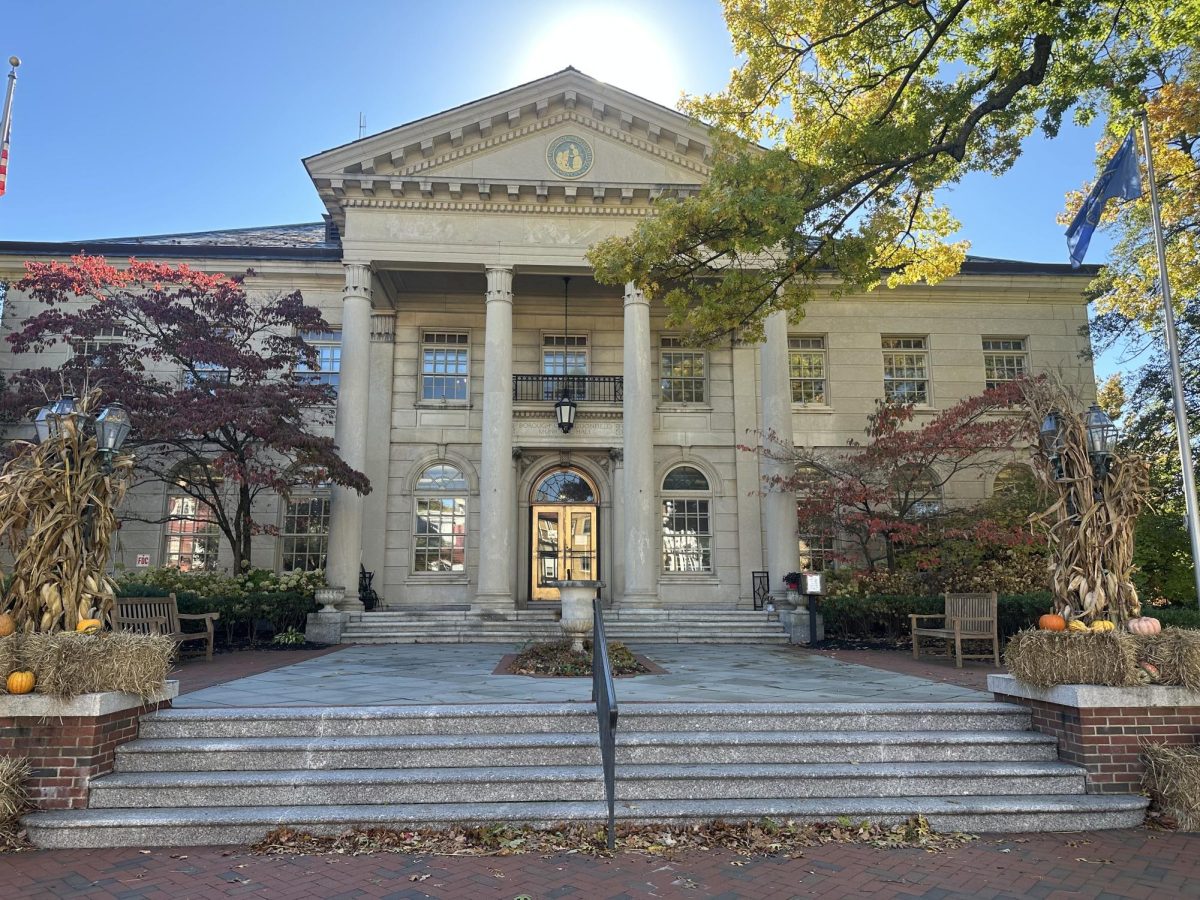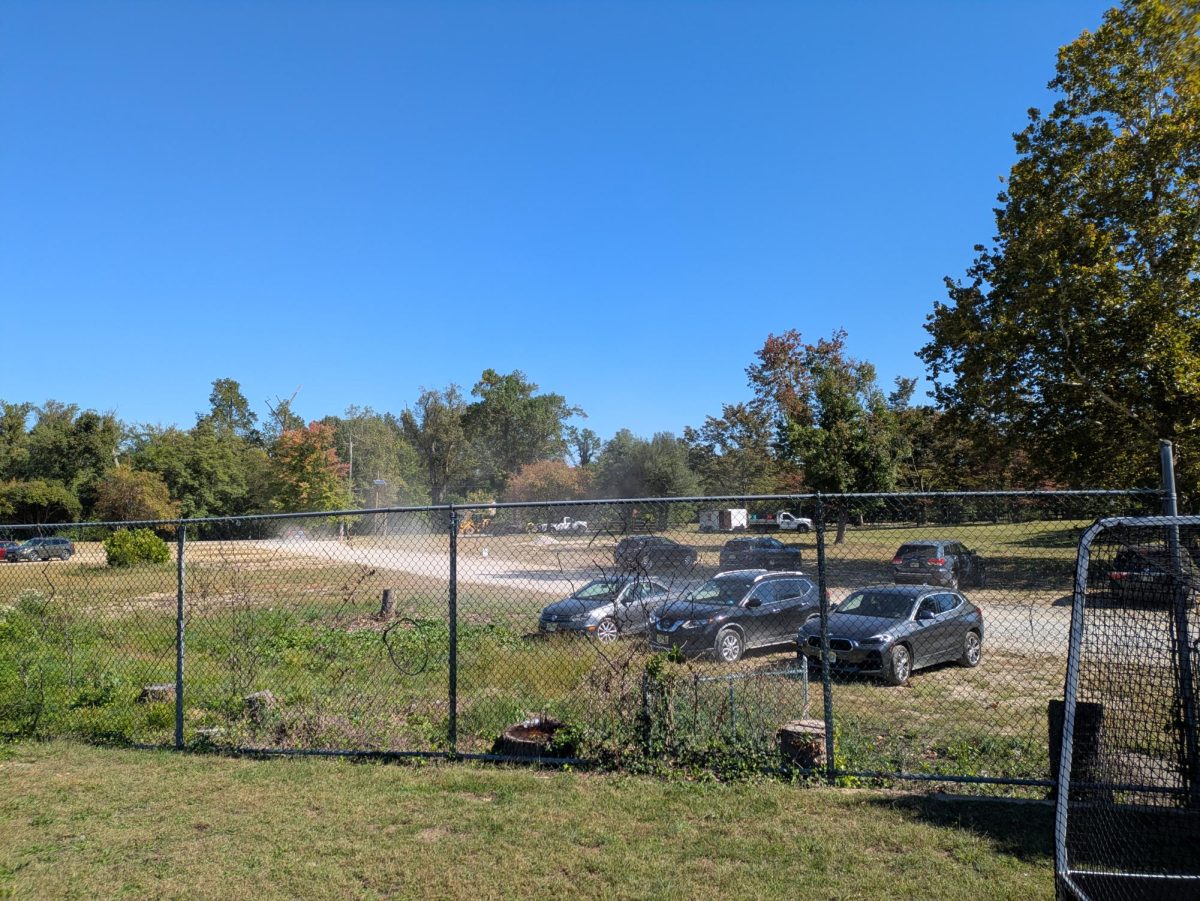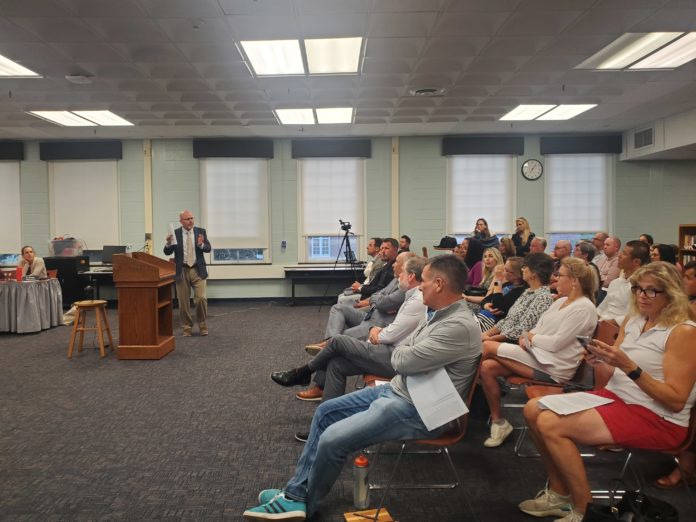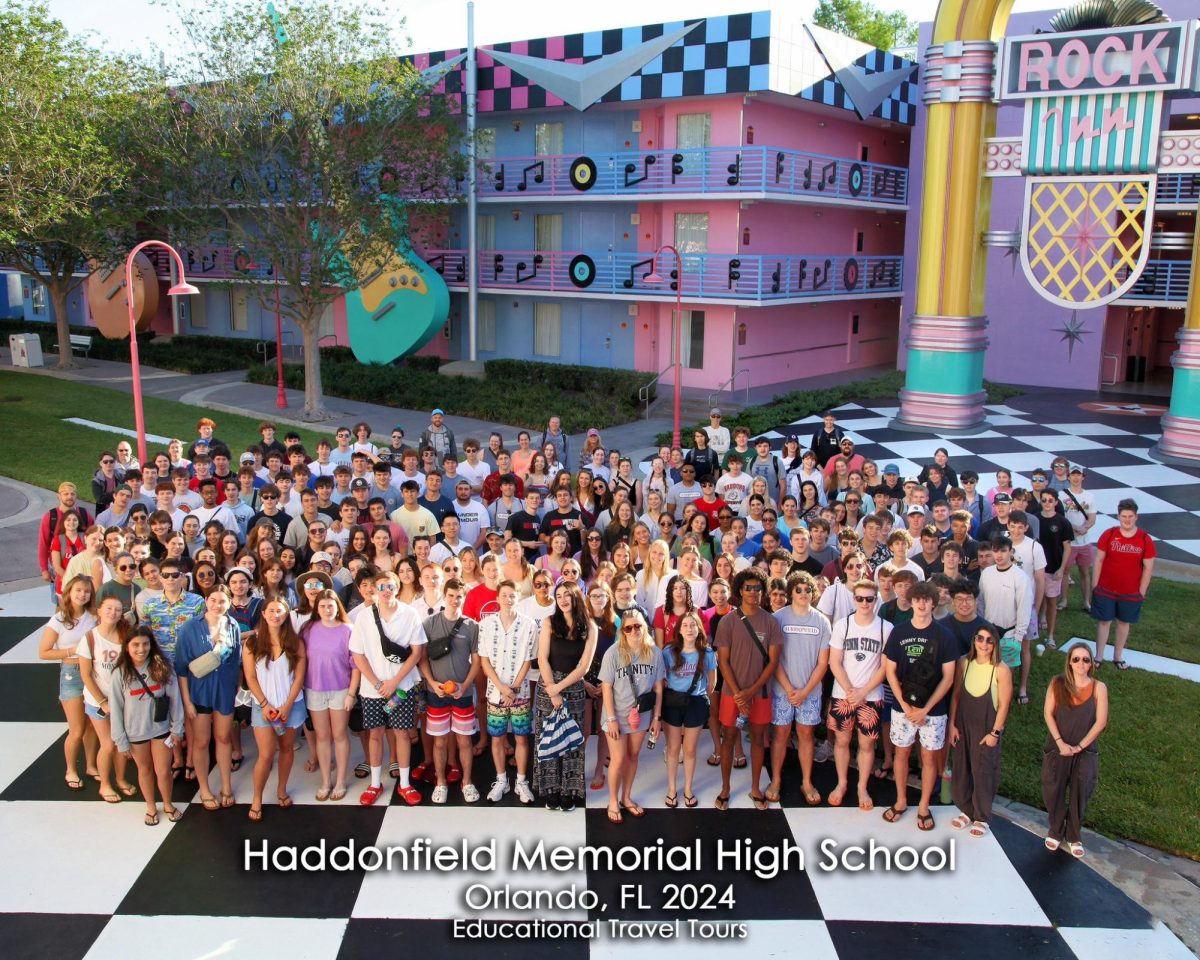At its October 16th meeting, the Board of Education voted unanimously to approve the first reading of the proposed academic calendar for the 2026-2027 school year. According to the calendar, students will begin school after Labor Day on September 8th, with a full spring break before Easter in March but the currently week-long November break being shortened to a 4-day long weekend. Discussing the proposal on October 9th, Board President Jaime Grookett described the choices as being “made out of necessity,” acknowledging that “I don’t think any of us likes this calendar.”
The BOE began considering the issue of the next school year’s calendar at its September 11th meeting with Superintendent Chuck Klaus’s presentation and multiple challenges to contend with. First, Labor Day in 2026 will be six days later than it was in 2025. Continuing the tradition of starting after Labor Day without altering breaks during the school year would make the last day of school in June a week later than usual. A later ending to the year would also affect the second main issue: construction. Thanks to the 46.7 million dollar bond referendum that Haddonfield voters approved last December, major projects will be taking place during the summers of 2026 and 2027. All construction projects must reach “substantial completion,” which requires an inspection, well before students return in order to provide room for contingencies. A later start date in September and an earlier ending date in June would provide more construction time during both summers, and Ms. Grookett also pointed out at the October 9th meeting that this would likely save money for the school district by reducing overtime costs.
Mr. Klaus said that a range of stakeholders were consulted about the choices to be made about the first day of school and length of the spring and November breaks. In his presentation to the BOE on September 25th, he relayed that some parents favored starting before Labor Day and reconsidering the length of November break, while the Haddonfield Education Association, the teachers’ union, preferred having students start after Labor Day with staff professional development the week prior. LAN Associates, the engineering firm overseeing construction, stressed maximizing construction time during the summer especially for 2026.
The BOE’s discussion after the presentation on September 25th identified five priorities, including making the substantial completion date as late as possible and ending school in the third week of June. These marching orders led to Mr. Klaus’s final proposal, which was discussed on October 9th and adopted on the 16th. The calendar will preserve a post-Labor Day start, the entirety of spring break, and a timely end in June, but cut November break from nine days (including weekends) to four.
Mr. Klaus said on October 9th that he had received a number of “very thoughtful” emails from community members about the calendar, including one where “the person did not like this calendar but said, ‘We understand exactly how we got there [and] why we got there.’” Final adoption of the calendar requires a second reading and vote, which is set to occur during the Board meeting on November 13th.



